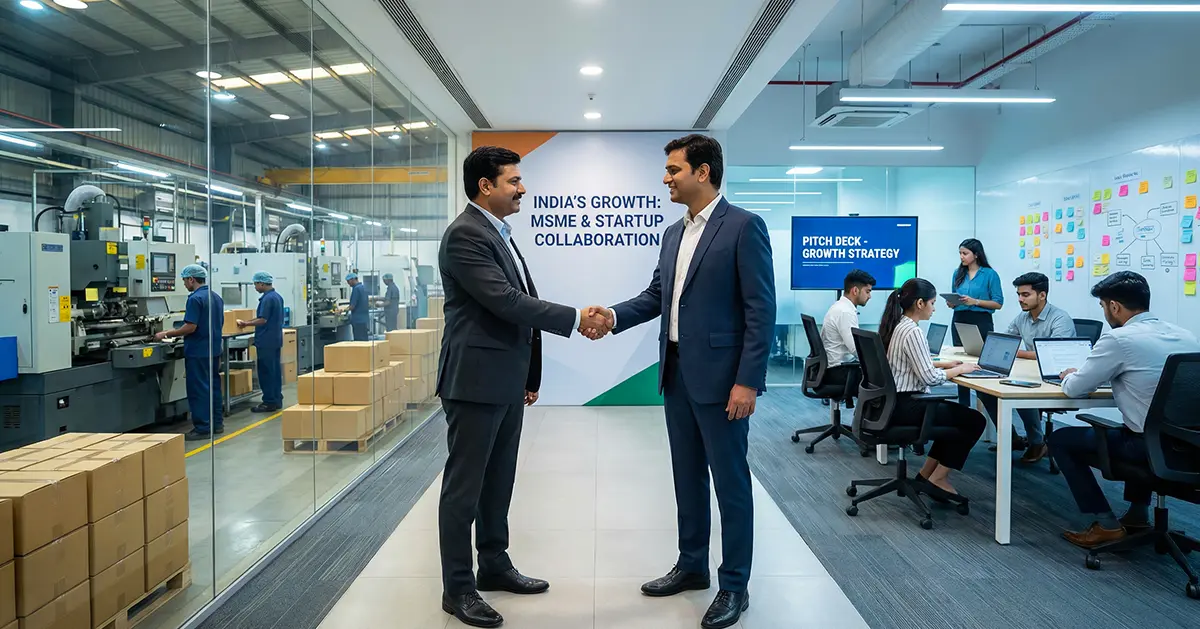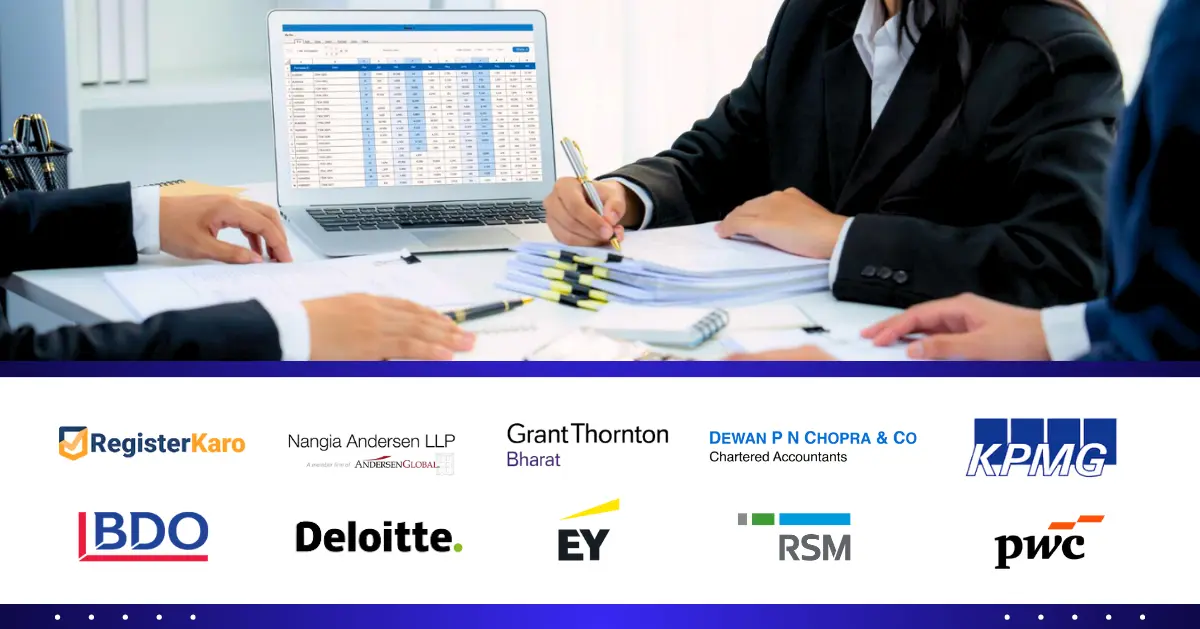
Introduction
Mergers and acquisitions (M&A) are like corporate marriages—some result in successful unions, while others lead to complicated separations. Whether a company is seeking expansion, market dominance, or strategic synergies, understanding the merger and acquisition process is crucial for ensuring a smooth transition and maximizing value. In India, where businesses are rapidly evolving, M&A deals play a significant role in reshaping industries, fostering growth, and creating competitive advantages. However, executing a successful M&A requires meticulous planning, careful negotiation, and thorough understanding of legal and financial frameworks.
The merger and acquisition process involves multiple stages, starting from initial negotiations and due diligence in M&A to deal structuring, obtaining regulatory approvals, and post-merger integration. One of the most critical steps in this journey is conducting proper due diligence in M&A, where both parties assess financial health, legal obligations, and potential risks associated with the transaction. Skipping or rushing this step can lead to unforeseen challenges, legal disputes, and financial losses.
Additionally, the merger process in India is governed by a complex regulatory framework that includes approvals from authorities such as the Competition Commission of India (CCI), the Securities and Exchange Board of India (SEBI), and the National Company Law Tribunal (NCLT). Navigating the legal aspects of M&A is essential to avoid compliance issues, tax implications, and potential legal roadblocks. Companies must also formulate well-defined acquisition strategies to ensure that the transaction aligns with their long-term business goals.
Even after a deal is finalized, the work doesn’t stop. Post-merger integration is a critical phase where companies consolidate operations, align corporate cultures, and optimize synergies to unlock the full potential of the merger. Poorly executed post-merger integration can lead to operational disruptions, employee dissatisfaction, and loss of market value.
This guide will provide a comprehensive breakdown of the merger and acquisition process, covering essential aspects such as due diligence in M&A, the merger process in India, effective acquisition strategies, key legal aspects of M&A, and the challenges of post-merger integration. Whether you’re a business owner, investor, or corporate executive, understanding these elements will help you navigate the complexities of M&A deals and make informed, strategic decisions.
Also Read: Section 232 Of Companies Act 2013: Procedure For Merger and Amalgamation
What is a Merger and Acquisition Process?
A merger occurs when two companies combine to form a single entity, while an acquisition involves one company taking over another. A merger and acquisition process helps businesses grow, increase market share, or eliminate competition. But they aren’t just boardroom power plays—they’re strategic moves that involve financial analysis, regulatory approvals, and seamless execution.
Key Differences Between Mergers and Acquisitions
- Mergers: Two companies combine to create a new entity (e.g., Vodafone-Idea merger).
- Acquisitions: One company purchases another, which may or may not retain its identity (e.g., Facebook acquiring Instagram).
What Are the Types of Mergers and Acquisitions?
Given below are the different types of mergers and acquisitions:
1. Horizontal Merger
When two companies in the same industry merge to reduce competition and increase market share (e.g., Disney and Pixar).
2. Vertical Merger
A company merges with a supplier or distributor to streamline production and distribution (e.g., Tesla acquiring battery suppliers).
3. Conglomerate Merger
Companies from unrelated industries merge to diversify business risks (e.g., Amazon acquiring Whole Foods).
4. Market Extension Merger
A merger between companies in different geographical markets to expand their reach.
5. Product Extension Merger
Companies with related products merge to increase their market presence (e.g., Pepsi acquiring Frito-Lay).
What Are the Key Stages in the Merger and Acquisition Process?
1. Strategy Development
Before diving into an M&A, companies must define their objectives. Do they want to expand their product line? Enter a new market? Reduce costs? Identifying the right target is crucial.
2. Target Identification and Valuation
Companies conduct extensive research to find the best fit. This includes analyzing financials, synergies, and cultural alignment.
3. Due Diligence in M&A
A critical step is where the buyer examines the financial health, operations, legal obligations, and risks of the target company. Any hidden debts, lawsuits, or regulatory issues can make or break the deal.
4. Negotiation and Agreement
Both parties agree on valuation, structure, and terms of payment. Negotiations involve deciding whether it’s a cash deal, stock exchange, or a mix of both.
5. Regulatory Approvals
In India, the merger process in India requires approval from the Competition Commission of India (CCI), SEBI, RBI, and sector-specific regulators.
6. Closing the Deal
Once approvals are in place, legal formalities are completed, and ownership is transferred.
7. Post-Merger Integration
The most challenging phase—aligning operations, cultures, and systems. Companies must ensure that employees, customers, and stakeholders adapt to the change seamlessly.
Legal and Tax Implications of Merger and Acquisition Process:
Here are the legal and tax implications of merger and acquisition process:
Legal Aspects of M&A
- The Companies Act, 2013: Governs M&As in India.
- SEBI Regulations: For listed companies, M&A deals must comply with SEBI’s takeover code.
- Income Tax Act, 1961: Governs taxation of capital gains, stamp duty, and indirect taxes.
Tax Considerations
- Capital Gains Tax: If assets are sold, capital gains tax applies.
- Stamp Duty: Transfer of assets attracts stamp duty.
- GST & Other Indirect Taxes: Depending on the nature of the deal, GST implications must be considered.
What Are the Common Challenges in Mergers and Acquisitions?
Some common challenges in a merger and acquisition process are:
1. Cultural Clashes
When two companies have different work cultures, conflicts may arise, affecting employee morale and productivity.
2. Overvaluation Risks
Paying too much for an acquisition can lead to financial strain, often leading to failed deals.
3. Regulatory Hurdles
Government approvals and compliance requirements can delay or even derail M&A deals.
4. Integration Issues
Post-merger integration is complex, involving IT systems, employee alignment, and customer transition.
5. Employee Layoffs and Restructuring
M&As often lead to redundancies, causing layoffs that can impact brand reputation and employee satisfaction.
Conclusion
The merger and acquisition process is a transformative strategy that enables businesses to expand, increase market share, and achieve long-term growth. However, navigating this complex landscape requires thorough planning, strategic execution, and a deep understanding of the legal aspects of M&A to ensure compliance with regulatory requirements. From structuring the deal to post-merger operations, every stage demands meticulous attention, including due diligence in M&A to assess financial health, risks, and legal liabilities.
In India, the merger process in India involves multiple regulatory approvals, tax considerations, and corporate governance protocols, making it essential for businesses to follow a structured approach. Crafting effective acquisition strategies is equally important to maximize value and create synergies that drive business success. Once the deal is finalized, a well-planned post-merger integration ensures that cultural, operational, and financial aspects align smoothly, minimizing disruptions and unlocking the full potential of the merger.
With so many complexities involved, having expert guidance can make all the difference. Ready to get started? Let RegisterKaro simplify your merger and acquisition process with our comprehensive advisory services. From due diligence in M&A to post-merger integration, our team of professionals ensures a seamless transition, minimizing risks while maximizing business potential.




